History books tend to play favorites, and many incredible women were pushed to the margins or erased entirely. These weren’t quiet background figures, either. They were spies, scientists, rebels, and rulers who shook the world and somehow slipped through the cracks. This list dusts off their legacies and brings them back into the spotlight, where they always belonged.
Sybil Ludington

At just 16, Sybil Ludington rode over 40 miles through a rainy night to alert colonial militia of the British arrival. Her heroic dash through Putnam County, New York, in 1777 rallied hundreds of troops. George Washington even praised her bravery, though most textbooks forget to mention her name.
Alice Ball
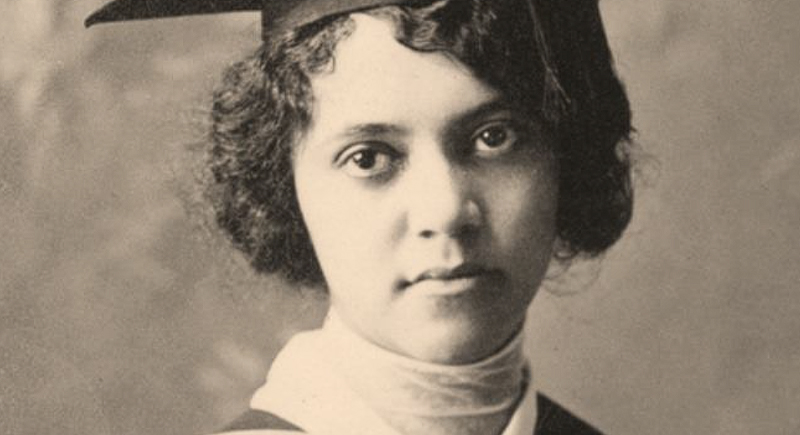
Alice Ball cracked a medical mystery before age 25, then had her work stolen by a man who tried to claim credit. She developed the “Ball Method”—the first effective injectable treatment for leprosy. Sadly, she died young in 1916, and her breakthrough was buried until decades later.
Lozen
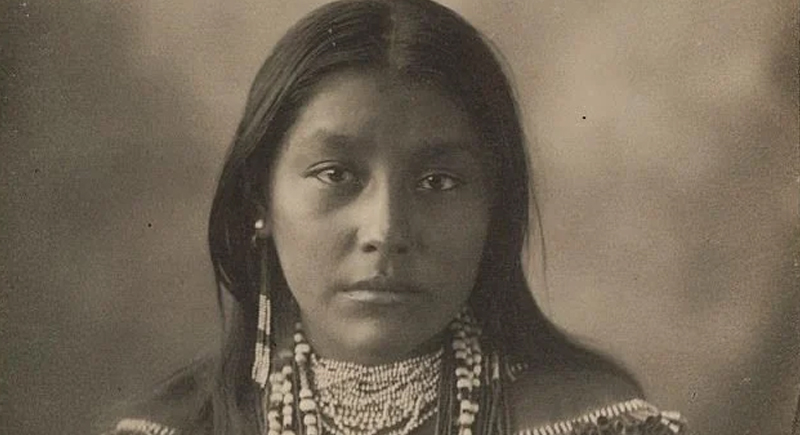
Lozen was not your average 19th-century Apache woman. She could ride, shoot, strategize, and sense enemy movements with uncanny accuracy—earning the nickname “Apache Joan of Arc.” She fought beside her brother Victorio, led daring escapes, and stood her ground against both Mexican and U.S. forces. Legends of her battlefield grit never faded in Apache’s memory.
Nzinga Mbande
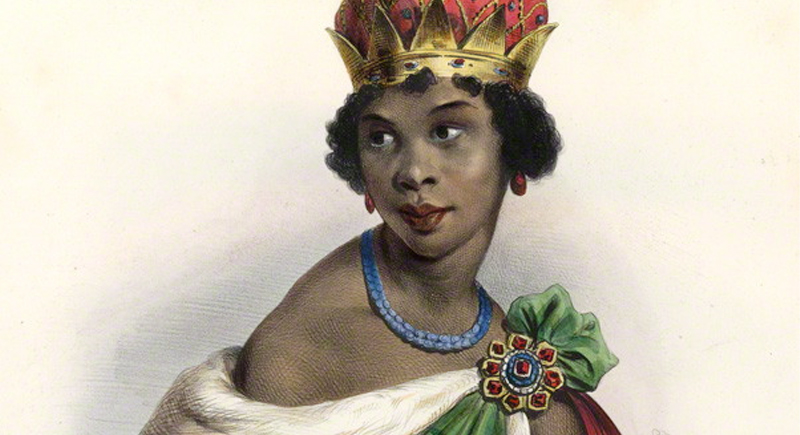
During her rule of 17th-century Angola, Queen Nzinga fiercely resisted Portuguese colonial forces for over 30 years. When European envoys offered no seat at the table, she calmly ordered a servant to kneel so she could sit on his back. That’s how she negotiated. Her leadership helped stall colonization.
Ida B. Wells
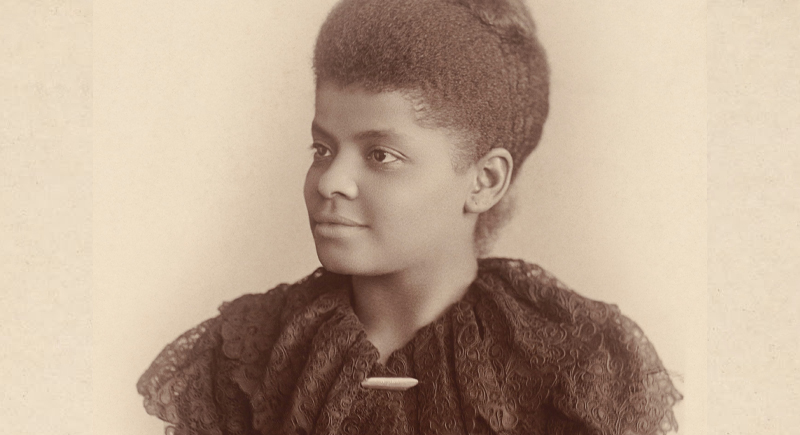
Ida B. Wells saw injustice and grabbed her pen. After witnessing racial violence firsthand, she launched an anti-lynching campaign that shook America. She became a fearless teacher and journalist. Her 1895 pamphlet The Red Record narrated lynchings with hard stats and forced readers to confront the brutality.
Dr. James Barry (Margaret Ann Bulkley)
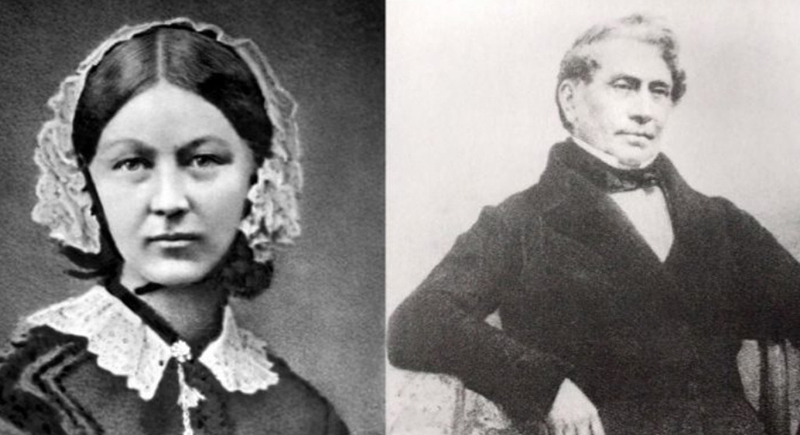
Margaret Ann Bulkley rewrote her story in bold. She disguised herself as Dr. James Barry and became one of the most respected surgeons in the British Empire. Barry performed the first successful C-section in which both mother and baby lived. Her secret identity was only revealed after she died in 1865.
Rani Lakshmibai
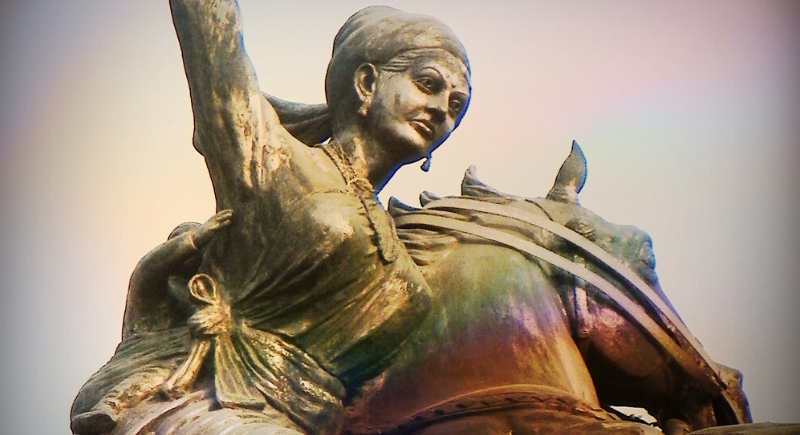
Sword in hand, baby on her back, Rani Lakshmibai charged into battle during the Indian Rebellion 1857. As a widow and queen of Jhansi, she defied British attempts to annex her kingdom by leading troops herself. She died in combat, reportedly dressed as a cavalryman, refusing to surrender.
Jeanne Baret
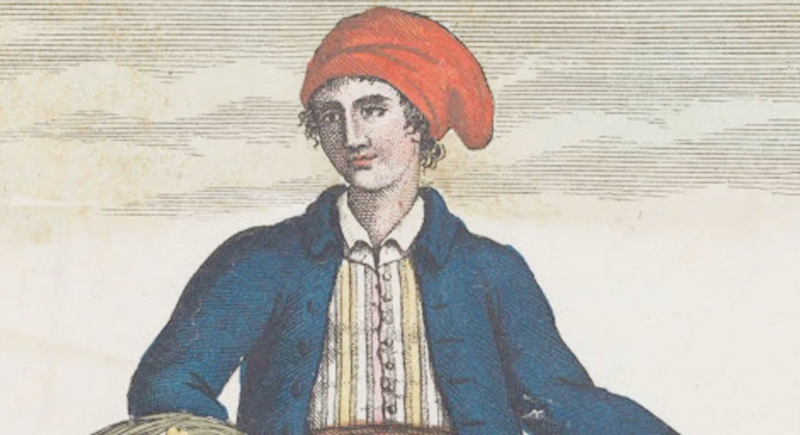
Jeanne Baret packed science and guts into a disguise. In the 1760s, women weren’t allowed on naval ships, so she dressed as a man to join a French expedition around the globe. Baret became the first woman to circumnavigate the Earth—while collecting over 6,000 plant specimens.
Katia Krafft
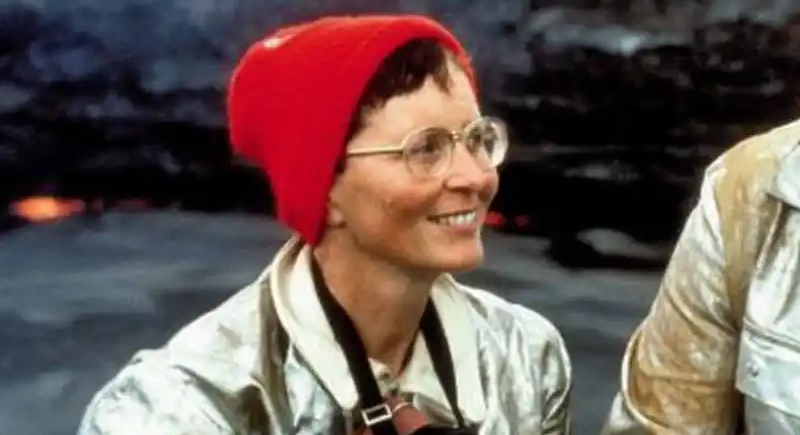
Katia Krafft got closer to lava than most people get to a campfire. Alongside her husband Maurice, she filmed and photographed volcanic eruptions across the globe and turned disaster zones into front-row science. Her footage helped governments predict eruptions and save lives. The couple wore fireproof suits and sprinted toward danger.
Hypatia of Alexandria
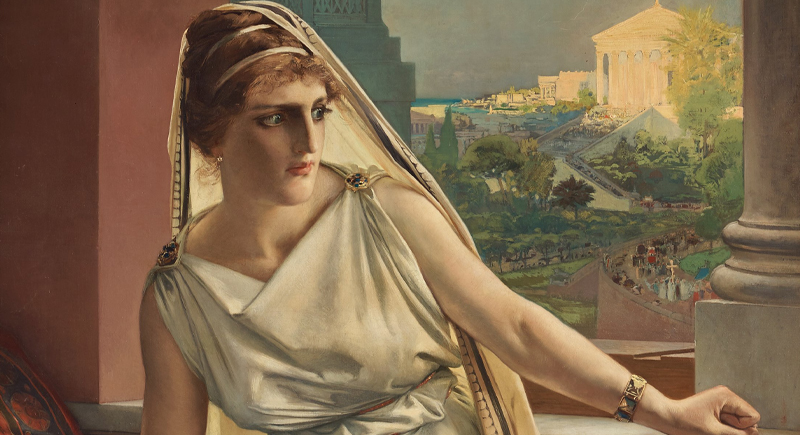
Hypatia taught mathematics, astronomy, and philosophy in ancient Egypt when the idea of a woman doing so was almost unthinkable. She wasn’t hiding in the library either—she gave public lectures and ran one of the last great centers of classical learning. Hypatia contributed to mathematical thought and preserved ancient knowledge.
Lyudmila Pavlichenko

She made Nazi soldiers nervous. Lyudmila Pavlichenko racked up 309 confirmed kills during World War II. The Germans nicknamed her “Lady Death,” and she wore it well. By the time she retired, she’d become the most successful female sniper in history and, frankly, one of the coolest.
Josephine Baker
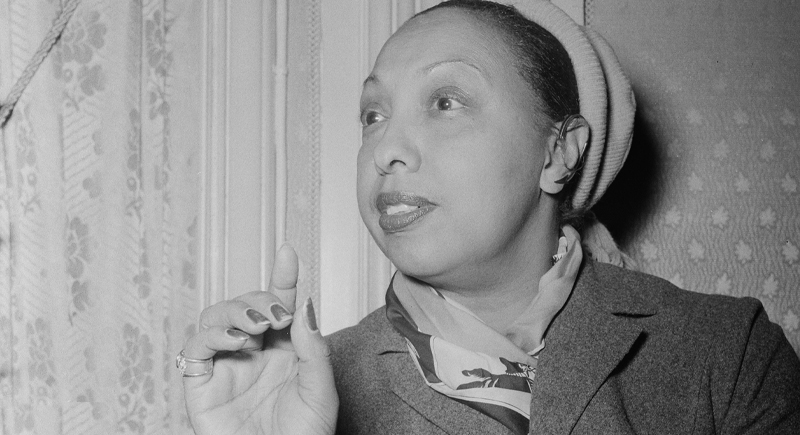
Josephine Baker became a global sensation in France during the 1920s. When World War II hit, she spied. Using her celebrity status, she smuggled coded messages in sheet music and slipped intel between Resistance contacts. After the war, she adopted 12 children from different backgrounds to prove love could outdo hate.
Eleanor of Aquitaine
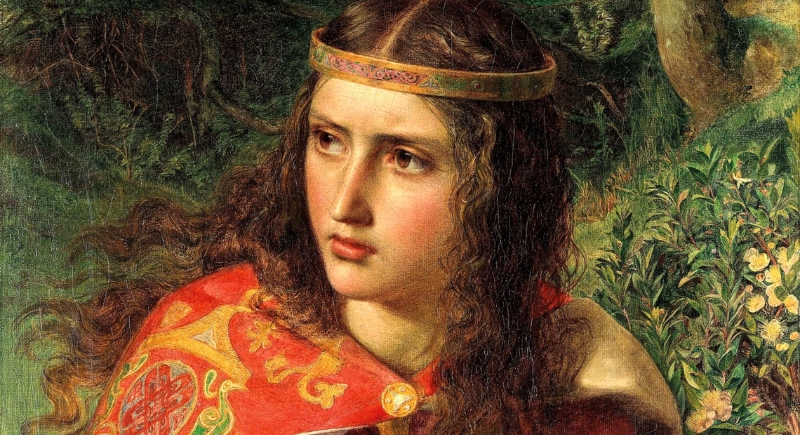
Eleanor of Aquitaine lived more in one lifetime than most royal families combined. She was queen of France and England, led a Crusade, birthed Richard the Lionheart, and went to war against her husband. She built alliances and ran the kingdom while the men went off swinging swords.
Lakshmi Sahgal
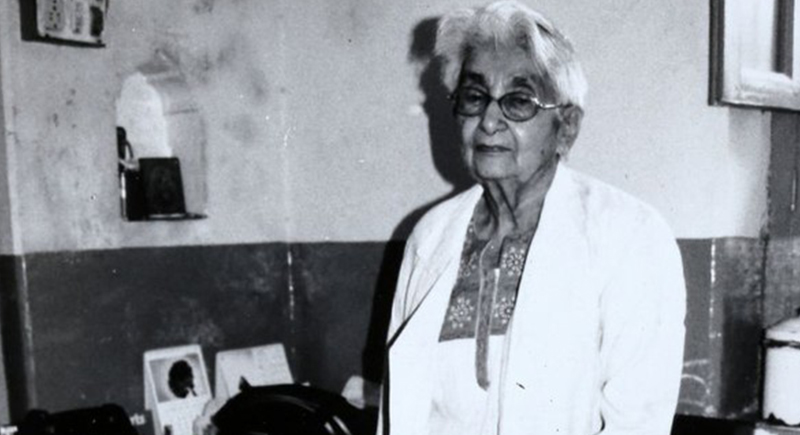
You could say Dr. Lakshmi Sahgal lived several lives—and she’d still have had more to give. As a trained physician, she joined Subhas Chandra Bose’s Indian National Army in the 1940s and led the all-female Rani of the Jhansi Regiment. After independence, she returned to medicine to treat low-income families in Kanpur for free.
Henrietta Lacks
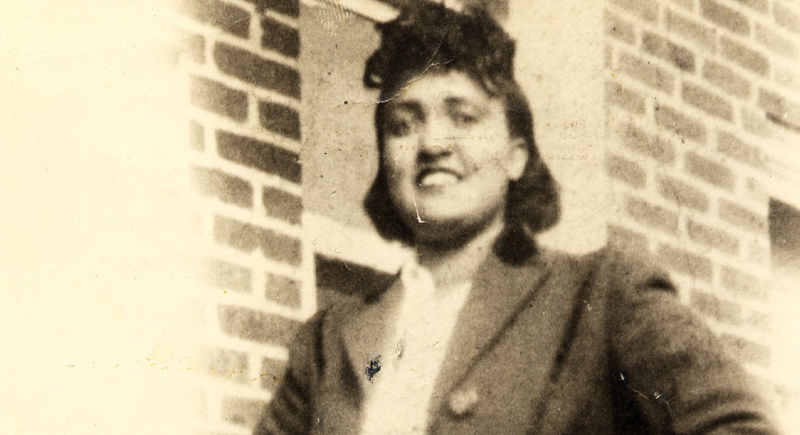
In 1951, doctors took Henrietta Lacks’ cells without consent. Her HeLa cells became the first to reproduce endlessly in labs and fueled breakthroughs like the polio vaccine and cancer research. While her cells advanced science worldwide, her family remained in poverty, unaware that her cells were changing science.